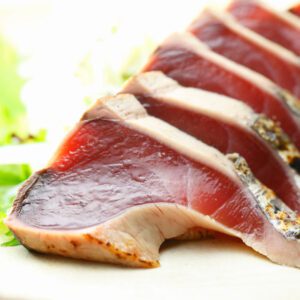Seafood in season in Mar (No.2)
Table of contents
1. 5th place Aomori prefecture (5 types)
2. 5th place Ibaraki prefecture (5 types)
3. 5th place Chiba prefecture (5 types)
1. 5th place Aomori prefecture (5 types)
Aomori Prefecture (5 types of fish and shellfish) was ranked 5th in the prefectures with the highest catches and types of fish and shellfish that are in season in March. Aomori Prefecture has been in the top 5 for 4 consecutive months since December.
In Aomori Prefecture, the following five types of fish and shellfish are in season in March.
Fish
Japanese icefish, trout, pond smelt
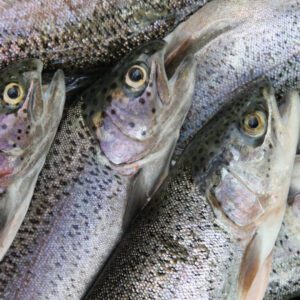
Shellfish
scallop
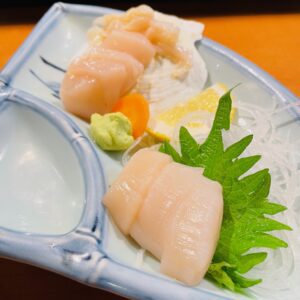
Other seafood
spear squid
“PRIDE FISH”
Japan Fisheries Cooperatives has selected “Aomori Hokki-gai (Sakhalin surf clam)” (season: January-March) as the winter “PRIDE FISH” in Aomori Prefecture. As I wrote last time, I went to Misawa in December 2021 and ate “Misawa Hokki Don”. “PRIDE FISH” is said to be in season from January to March, but Misawa City’s “Hokki Don” can be eaten from December 1st to March 31st.

2. 5th place Ibaraki prefecture (5 types)
Ibaraki Prefecture (5 types of fish and shellfish) was ranked 5th in the prefectures with the highest catches and types of fish and shellfish that are in season in March.
In Ibaraki Prefecture, the following five types of fish and shellfish will be in season in March.
Fish
halfbeak, Japanese icefish, whitebait, pond smelt
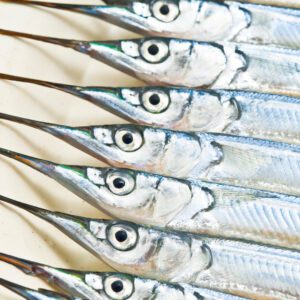
Shellfish
hard clam
“PRIDE FISH”
Japan Fisheries Cooperatives has selected “Ibaraki no Konago (young sand lance)
“ (season: March-May) and “Kashima Nada hard clam” (season: March-May) for “PRIDE FISH” in spring in Ibaraki Prefecture.
“Konago” is a larva of sand lance. “Konago” sleeps in gravel and sand in the summer. Therefore, “Konago” is caught only in spring.

The catch of “Hamaguri (hard clam)” in Ibaraki prefecture, centered on Kashima Nada, is overwhelmingly the highest in Japan with a share of 50% or more. “Kashima Nada hard clam” is also available in large sizes exceeding 10 cm. However, they recommend a medium size of 7 to 8 cm, because it is soft and easy to eat.
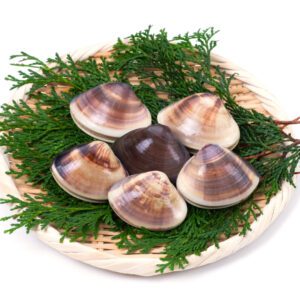
3. 5th place Chiba prefecture (5 types)
Chiba Prefecture (5 types of fish and shellfish) was ranked 5th in the prefectures with the highest catches and types of fish and shellfish that are in season in March. Chiba Prefecture is in the top 5 for the first time.
In Chiba prefecture, the following five types of fish and shellfish will be in season in March.
Fish
horse mackerel, halfbeak, Japanese amberjack
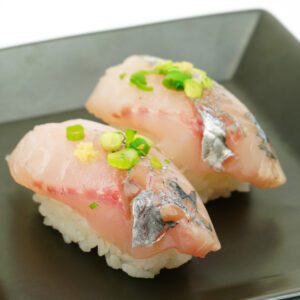
Shellfish
round clam
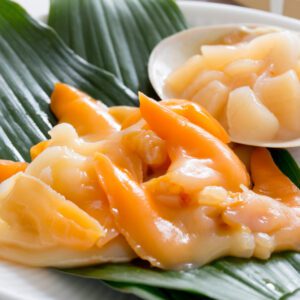
Other seafood
hijikia fusiformis
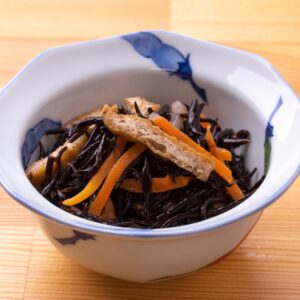
“PRIDE FISH”
Japan Fisheries Cooperatives has selected “Gurnard of the Choshi offing” (season: December-March) and “Edomae Chiba seaweed” (season: November-March) in winter, “Chiba hard clam” (season: Chiba clams) , “Chiba fishing red bream” (season: March-May), “Hatsu Katsuo (First bonito)” (season: March-May) in spring in Chiba prefecture for “PRIDE FISH“.
The habitat of “gurnard” is from shallow sea to deep sea of about 600m, and it moves around on the seabed to search for food. Therefore, it is caught by bottom seine nets and mainly landed at the Choshi fishing port. The recommended cooking methods are sashimi, grilled with salt, and simmered.
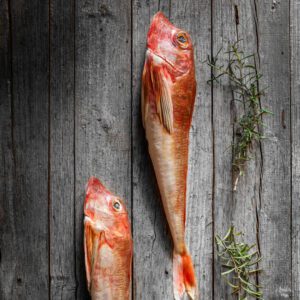
Seaweed from Chiba Prefecture began to be cultivated in 1821, and is now cultivated at seaweed fishing grounds in Ichikawa, Funabashi, Kisarazu, and Futtsu.
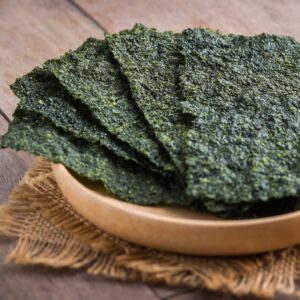
Chiba Prefecture’s “Hamaguri (hard clam)” catch is one of the top three in Japan. Two types of hard clams, “Honhama” and “Chosen hard clam (Meretrix lamarckii)”, inhabit the coast of Chiba prefecture. “Honhama” is the softest clam, and boiled clam is one of the traditional ingredients of Edomae sushi. On the other hand, “Meretrix lamarckii” inhabits the shallow waters of Kujukuri Beach. Meretrix lamarckii is an ancient Japanese species that is written as “shoreline” instead of “Korea”.
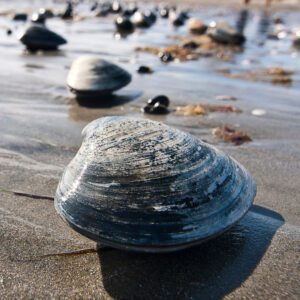
Chiba Prefecture is located at the northern limit of the coastal fishing grounds of red bream in Japan. Even so, Chiba Prefecture has the second highest catch of red bream in Japan (the first is Shizuoka Prefecture). There are three fishing grounds, Choshi offshore fishing ground, Katsuura offshore fishing ground, and Tokyo Bay fishing ground (Furase fishing ground), and they are branded as “Choshi fishing red bream” and “Sotobou fishing red bream”.
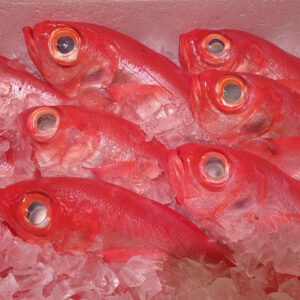
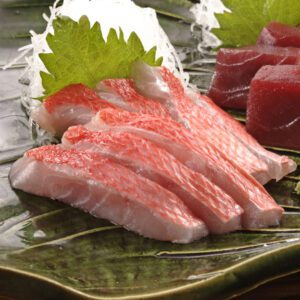

Katsuura Fishing Port in Chiba Prefecture has the highest landing volume of “Hatsu Katsuo (First bonito)” in Japan. Katsuura bonito is certified as a Chiba brand marine product. It is also called “Himodori Katsuo (day-return bonito)” because it is landed on the day it is caught. In Kochi Prefecture, “Tosa bonito” has been selected as the “PRIDE FISH” in the spring. However, Shizuoka Prefecture has the highest landing volume of all bonito.
